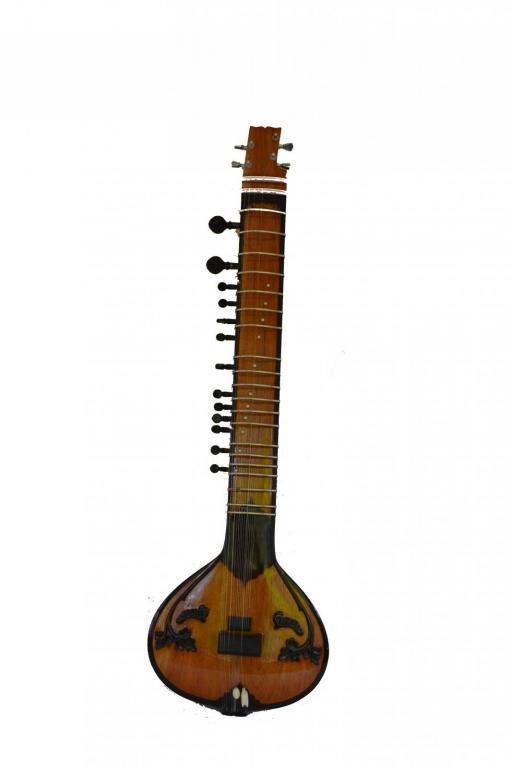
Sitars have been derived from the Veena. Various schools of music pay different kinds of Sitars. The difference between two major models, the Gandhar Pancham and the Kharaj Pancham is the number of main and sympathetic strings. Sitars are made from Red Cedar wood. One well made Sitar can take upto a month to be entirely done.
- SITAR
About This Product
-
Highlights:
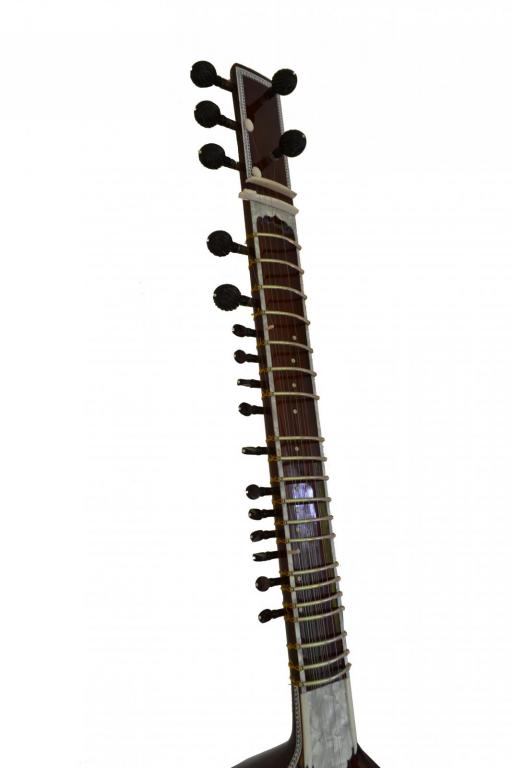
Sitars have been derived from the Veena. Various schools of music pay different kinds of Sitars. The difference between two major models, the Gandhar Pancham and the Kharaj Pancham is the number of main and sympathetic strings. Sitars are made from Red Cedar wood. One well made Sitar can take upto a month to be entirely done.
- SITAR
About This Product
-
Highlights:
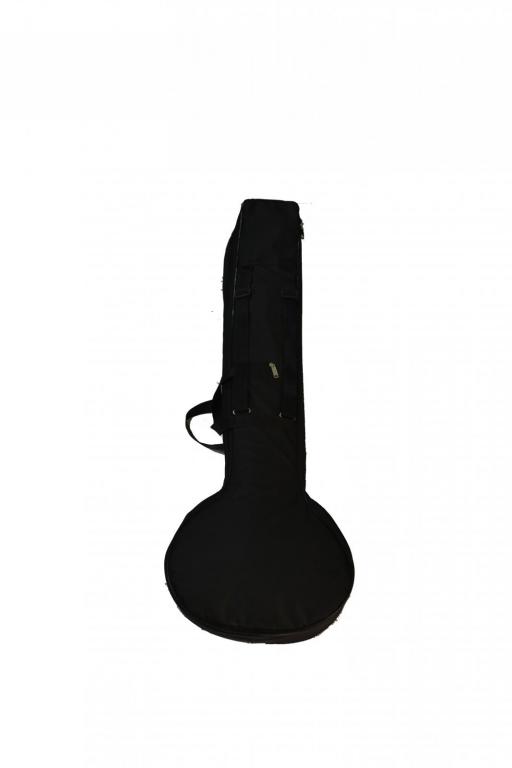
- SITAR
About This Product
-
Highlights:
The Ultimate Guru Flat Sitar Gig Bag is designed for ease of slinging over the shoulder. The bag is washable and can be simply dusted off. The Sitar bag is black in colour and has a robust zipper. There is a provision for an extra pocket which can be used to store small important items like cell phones, wallets or small tuners.
Ultimate Guru gig bag for Sitar features :
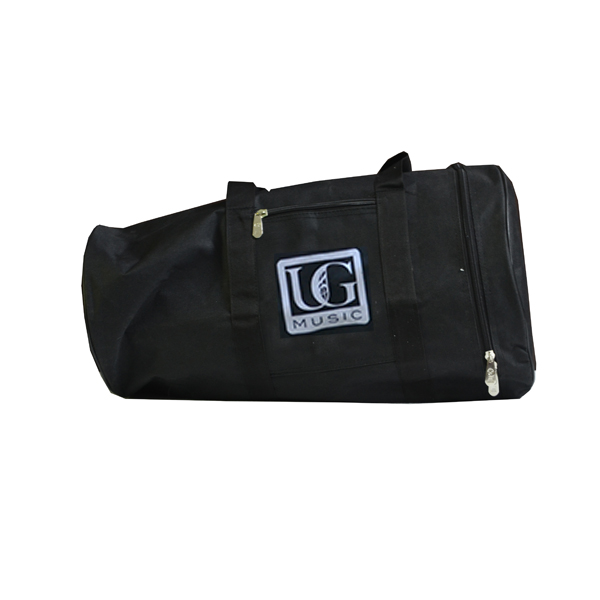
- DHOLKI
About This Product
-
Highlights:
The Ultimate Guru Dholki Gig Bag is designed for ease of slinging over the shoulder. The bag is washable and can be simply dusted off. The Dholki bag is black in colour and has a robust zipper. There is a provision for an extra pocket which can be used to store small important items like spanners for tuning.
Ultimate Guru gig bag for Dholki features :
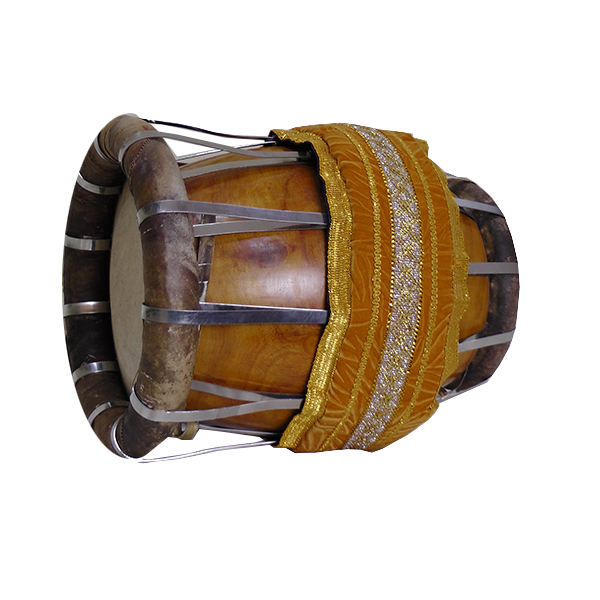
The Thavil is a rare South Indian percussion Instrument that was earlier used in Folk and temple music but now has found its place in Carnatic music as well. It is often used as an accompaniment in Nadaswaram. Made in Thanjavur, the Thavil is played with a stick and finger caps made of fibre. The uniqueness of the instrument is such that a good Thavil is very tough to find.
- THAVIL
About This Product
-
Highlights:

- TABLA
About This Product
-
Highlights:
The Tabla rings are made out of velvet lined with cotton. The rings are well made and have a good finish. The tablas have an intricate golden lace sewn on them which brings out the colour of the rings. The Tabla rings are sturdy and leveled. These rings are best suited for professional Tablas. The Tabla rings are sold in pairs only.
Ultimate Guru Concert Grade Tabla base ring set features are :
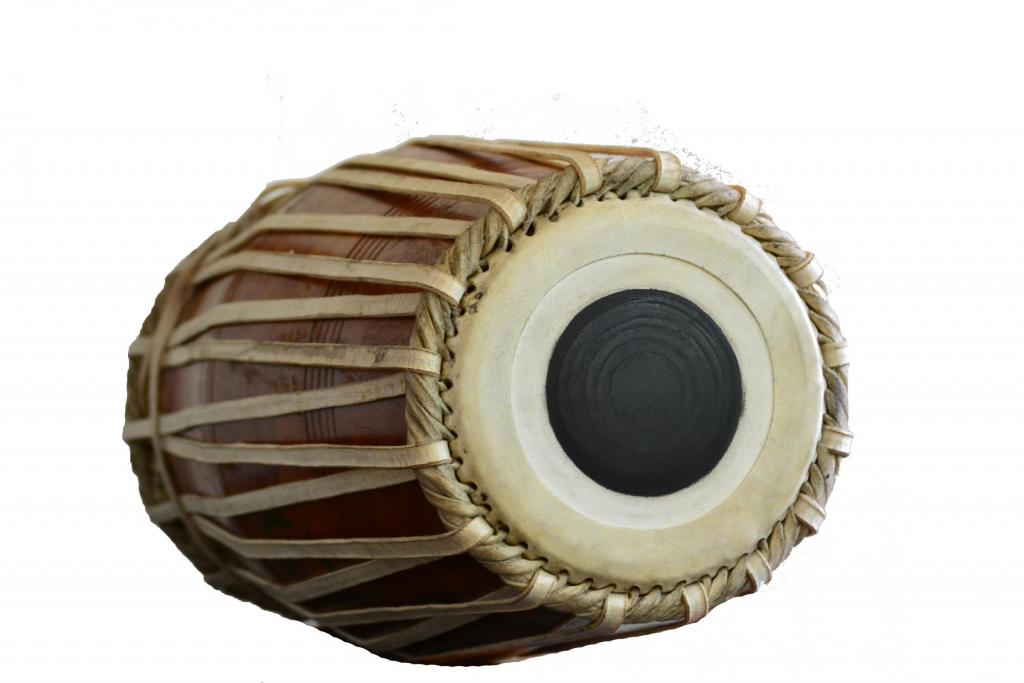
Used all over northern India and a popular double-handed drum used in Dhrupad, Kathak dance, Bollywood rhythms and fusion recordings, the Pakhawaj is regarded as the oldest and most majestic Indian percussion instrument. The drum features powerful bass sounds that are deeper and lower than the Mridangam, and is full of rich and high tones, harmonics and overtones on the treble drum.
- PAKHAWAJ
About This Product
-
Highlights:
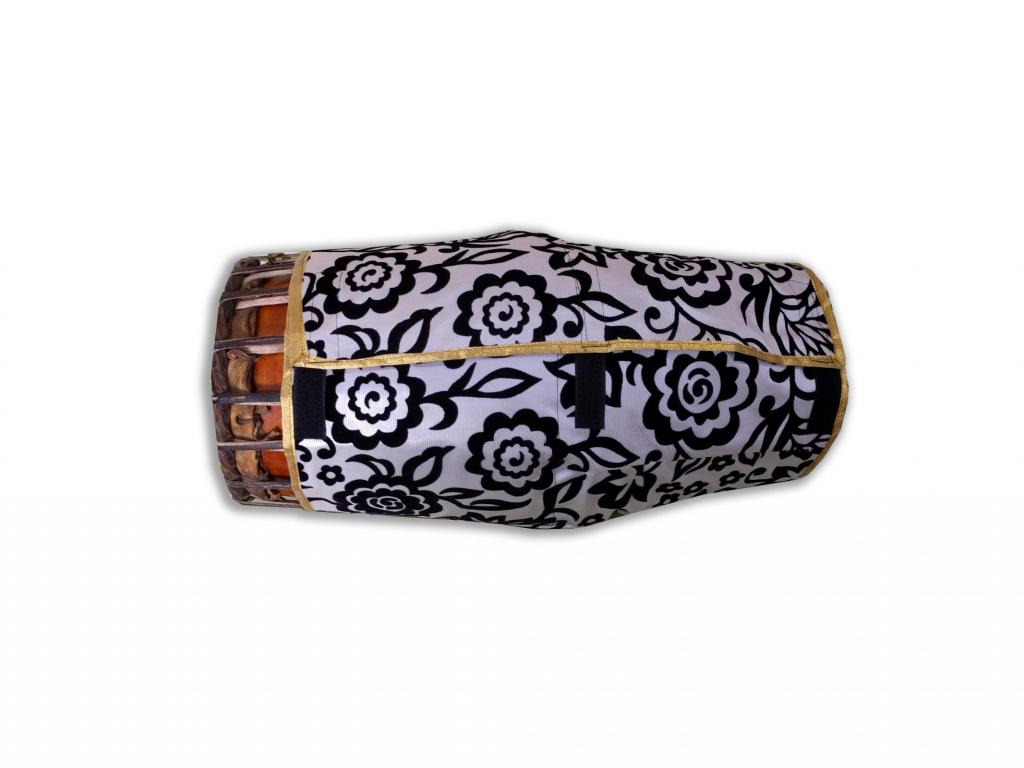
The Mridangam is the mother south Indian percussion instruments widely acclaimed for its strong sound rhythmic sounds and distinct tonality. Used in Carnatic music, the Mridangam is made from jackfruit tree/ sheesham wood. The Mridangam has a deep metallic timbre and powerful middle frequency bass sounds. The shyahi on the end of the mridangam is a black paste called satham or karanai which occupies a larger surface area than does the shyahi for the tabla or Pakhawaj. This is placed on two non-homogenous membranes over three layers, which produce the distinct high pitch and harmonics of the mridangam treble drum.
- MRIDANGAM
About This Product
-
Highlights:
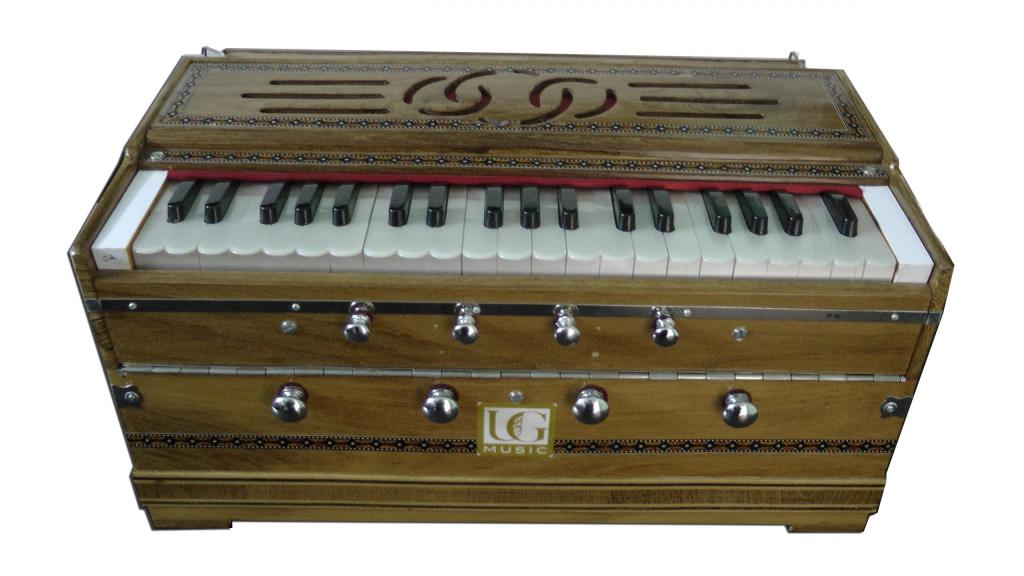
The Harmonium has been a vital instrument in Indian music since the 18th century. Although not a product of the Indian origin, the Harmonium was quickly adapted to, by the Indian musicians due to its deep melody and the intricate notes it can produce. The most popular of these Harmoniums is the hand pumped Harmonium. Popular in virtually all Indian music, perhaps barring only the Carnatic genre, the Harmonium is a widely used instrument in folk music, ghazals, independent vocals and often as an accompaniment with Dance.
- HARMONIUM
About This Product
-
Highlights:

Dholkis have traditionally been used in folk performances. These instruments are generally used in the dance performances like "Lavani". Often, Dholak and Dholki is used interchangeably for the same instrument although that is inaccurate since one hails from Northern India while the other hails from Western India, respectively. There are many variants which are similar to the Dholkis but larger in size or lower in pitch or both. The ones used in Bhangra are called Dhols. The other variants from Northern India are called Dholaks which are roughly the same size but used mostly used as lower pitch variants in folk music.
- DHOLKI
About This Product
-
Highlights:
